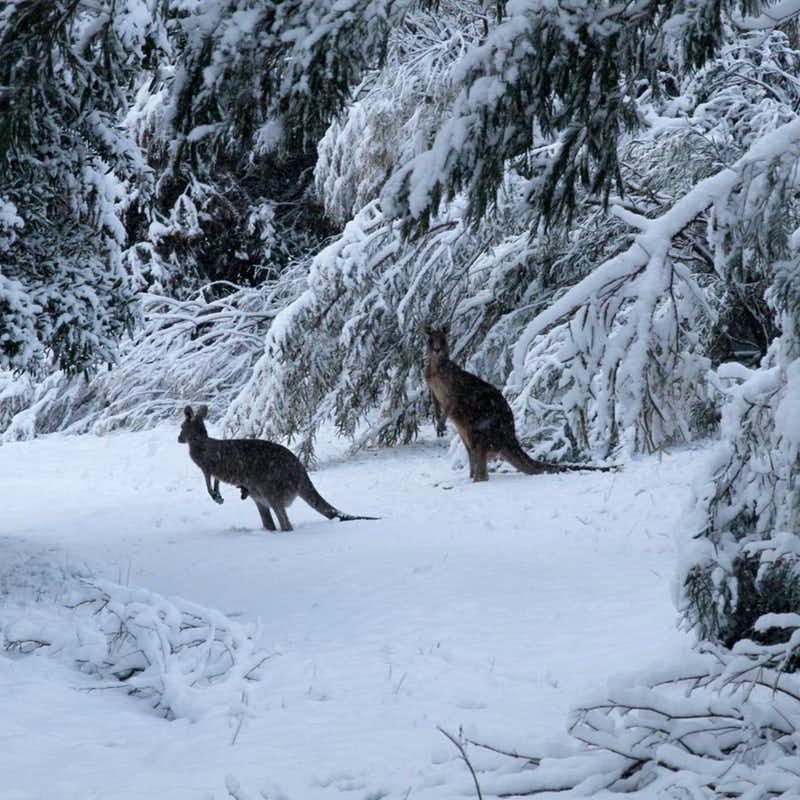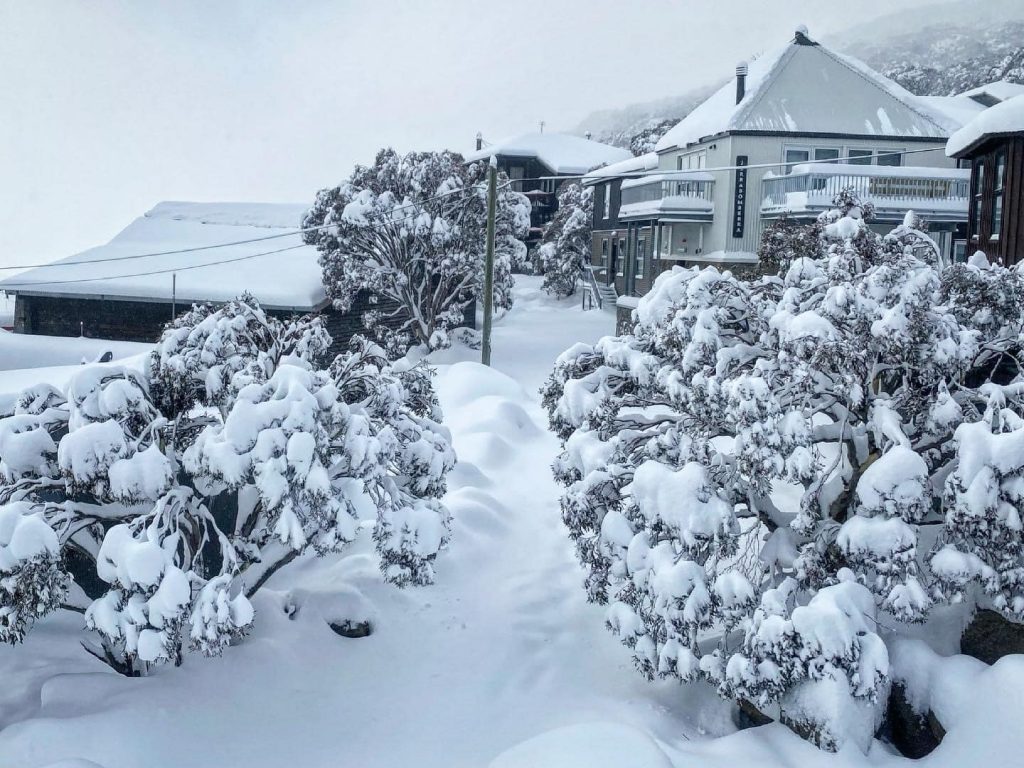Learn Which Regions Get the Frequent Snow In Australia During the Cold Season
Recognizing the Significance of Snow in Australia for Agriculture and Tourist
While Australia is typically associated with sun-kissed beaches and arid outback, it also flaunts a wide range of snowy towering regions. As we explore this shocking intersection, the potential influence of shifting environment patterns on Australia's snowfall and its succeeding impacts become an engaging focus.

The Unforeseen Snowfall: Australia's Alpine Regions
When wintertime capes the world, Australia's Alpine areas put on a white mantle of snow, a spectacle that appears almost paradoxical in this dominantly sun-baked land. In contrast to the stereotyped picture of Australia as a land of deserts and beaches, these areas provide a unexpected and lovely contrast. The Australian Alps, extending across New South Wales, Victoria, and the Australian Resources Territory, get even more snowfall than Switzerland. This unanticipated winter paradise offers an one-of-a-kind ecological community, giving an environment for a number of native types and a snowy play area for winter sports lovers. The yearly snowfall, although not as plentiful as in some countries, is an important facet of Australia's environment variety and plays a substantial duty in the nation's agricultural practices and tourist market.
Winter months's Bounty: Snow's Contribution to Australia's Water Resources
Regardless of its rarity in the more comprehensive landscape of Australia, snow in the Towering areas plays a critical function in the country's water resources. Working as an all-natural tank, the snowpack shops water throughout the cold months, slowly launching it right into rivers and dams as it melts in warmer seasons. This procedure makes sure a constant supply of water, helping in the stabilization of the country's water cycle. This is specifically important for Australia, a continent regularly tormented by droughts. The snowmelt feeds right into the Murray-Darling Basin, a lifeline for many neighborhoods in the southeastern components of the nation. Without the bounty of winter snow, Australia's water resources would certainly be considerably strained, impacting both the atmosphere and the populace.
White Covering, Eco-friendly Fields: The Impact of Snow on Australian Agriculture
Although much less visible, the impact of snow on Australian farming is substantial. Snowfall in the high country acts as an all-natural kind of irrigation, slowly melting and providing a stable supply of water to lower-lying farmland. This water-rich atmosphere fosters the development of robust crops, adding to the country's farming efficiency. Snowfall boosts dirt wellness by presenting dampness and capturing nutrients, which are progressively launched as the snow melts. This process enriches the soil, promoting the growth of healthier, much more resistant crops. Additionally, snow cover serves as a safety blanket, shielding the ground against serious winter season temperatures that can check out here otherwise damage crops. Thus, the role of snow in Australian farming anonymous is both diverse and essential.

Cold Cash Money: Snow Tourism and Its Economic Value in Australia
While the value of snow to Australian farming is frequently undervalued, its payment to the nation's tourist field is indisputably substantial. The snow-laden peaks of Australia's alpine regions draw in a flurry of vacationers every winter, adding millions to the national economy. Thus, the economic importance of snow tourist in Australia expands far past the inclines.
Future Projection: Environment Modification and Its Prospective Impacts on Australia's Snowfall
As the globe grapples with the reality of climate change, so too should Australia ponder its potential impacts on the pop over to these guys nation's snowfall. Such modifications endanger the stability of Australia's ski sector, which contributes dramatically to the neighborhood economy. The potential effects of these modifications underline the seriousness of environment change reduction efforts, both in Australia and internationally.
Final Thought
Finally, snow is a critical component of Australia's agricultural and tourist sectors. It not only nurtures the country's agricultural landscape but also gas its wintertime tourist market. However, the looming threat of climate change elevates problems about the future of Australia's snowfall patterns, possibly interrupting these substantial private sectors. Understanding and attending to these challenges is important for the sustainability of Australia's economic situation and ecological community.

When winter cloaks the world, Australia's Alpine regions put on a white mantle of snow, a spectacle that appears virtually paradoxical in this dominantly sun-baked land.In spite of its rarity in the wider landscape of Australia, snow in the Alpine regions plays a crucial duty in the country's water resources. Without the bounty of winter snow, Australia's water sources would be significantly strained, influencing both the environment and the populace.
Hence, the economic relevance of snow tourism in Australia prolongs far past the inclines.
In conclusion, snow is an essential component of Australia's farming and tourist sectors. Does It Snow In Australia.